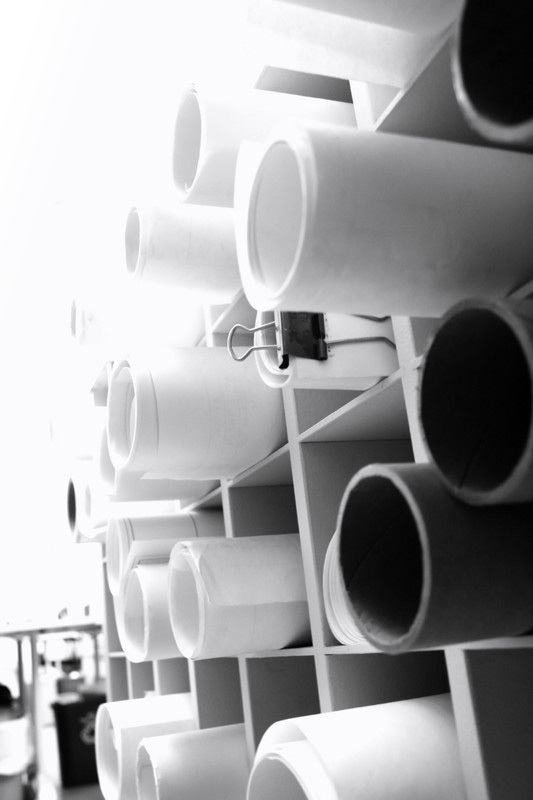 Owning an engineering firm or providing engineering services independently can be a fulfilling and lucrative endeavour. When focusing on new projects and developing business relationships, it’s easy to forget the importance of tending to less exciting business requirements such as professional liability insurance.
Owning an engineering firm or providing engineering services independently can be a fulfilling and lucrative endeavour. When focusing on new projects and developing business relationships, it’s easy to forget the importance of tending to less exciting business requirements such as professional liability insurance.
Insurance, nonetheless, plays an important role in a thriving business. Even the most seasoned engineers can become involved in litigation, whether frivolous or warranted. The impact of such litigation can have devastating consequences for your firm’s reputation and financial stability. Having the proper insurance in place can help to ensure that a claim is settled promptly and effectively in order to mitigate these consequences.
Case studies
Below are three examples of professional liability insurance claims involving engineers:
Review
A civil engineer was asked to review drawings and plans for a new municipal drain drafted by another engineering firm. The engineer approved the drawings; however, she failed to recognize that the backfilling recommendations were incorrect for the selected excavation method, which resulted in the collapse of the drain. Although the drawings and plans were prepared by another engineer, the civil engineer who sealed and approved the plans was also named in the lawsuit as the municipality relied on her professional expertise to identify any errors within the plans. This individual was held liable for a portion of the damages which were paid by insurers (after the deductible was applied).
Collapsed Structure
A structural engineer was hired to conduct the final inspection of a building after the completion of an extensive renovation. Upon inspection, the engineer found several minor items to address which were included in his final report. He had also noticed that the floor beams were sagging slightly, however, considering that this was an older building with wooden beams (which tend to warp naturally over time), the engineer didn’t feel that it compromised the structure and did not include this in his report. Two weeks after the inspection, the building collapsed inward due to a weakening of the interior floor beams. The damage caused to the structure was beyond repair and there was also some damage to the neighbouring building. The engineer was named in a lawsuit and accused of improper inspection. This individual was held partly liable for the replacement cost of the structure, the damage to the neighbouring building and associated legal costs, all of which would be paid by the insurer (with the exception of the engineer’s deductible).
Customer Complaint
A company hired an engineering firm to design a small bridge on their private property. After receiving the invoice for the work, the client claimed that the amount payable on the final invoice was much higher than the cost that had been agreed at the outset. The engineering firm explained that the client’s requirements for the bridge had significantly changed since the initial meeting resulting in increased complexity to the engineering work. The engineering firm maintained that they had disclosed to the client that additional charges would apply and the client had agreed to proceed. As a result of the disagreement, the client made a formal complaint to Professional Engineers of Ontario (PEO), and the engineering firm incurred legal costs while defending itself in front of the disciplinary committee. These legal costs were paid by insurers.
OSPE recognizes the importance of insurance protection for its valued members and continues to work closely with BMS Canada Risk Services Ltd. to offer an insurance program that is comprehensive, easy to access and led by an experienced team that values client service above all else.
For more information please contact BMS Group, the exclusive broker for OSPE’s liability insurance program, at 1-844-294-2717 or ospe.insurance@bmsgroup.com.







I would like to see an actual case study of involving a professional employee engineer being sued under ‘secondary liability’ where the subject problem was discovered very many years after and the employee’s firm and the contractor involved both are no longer were ‘standing….hence an action was laid against the ‘engineer and/or his estate’. (Did his supplementary insurance come to his aid?)